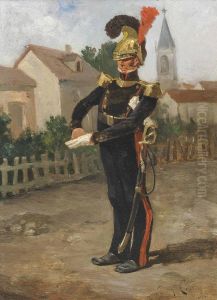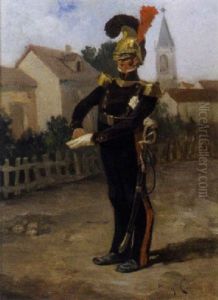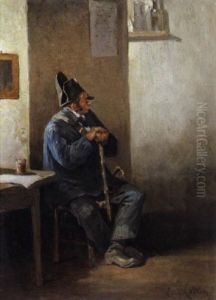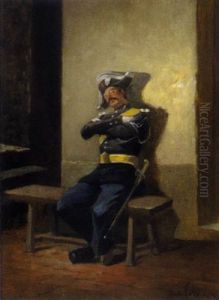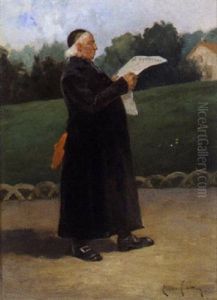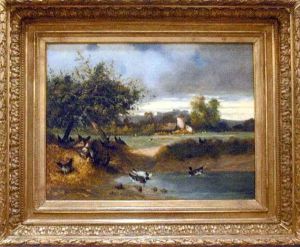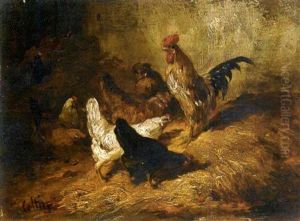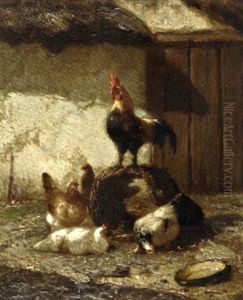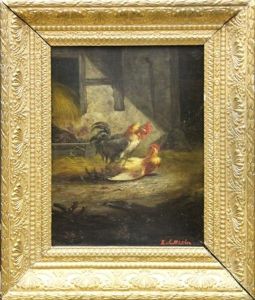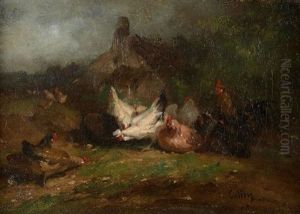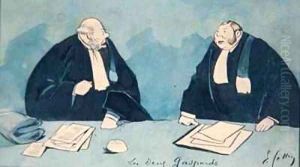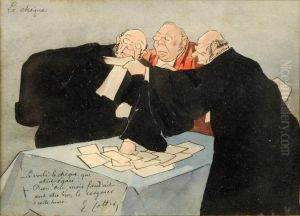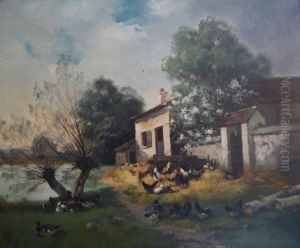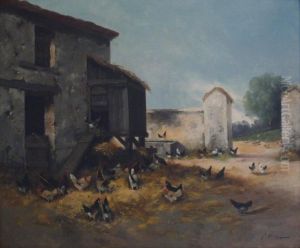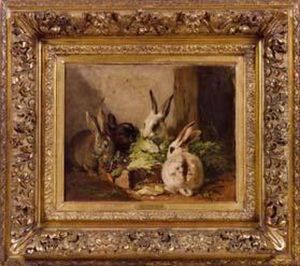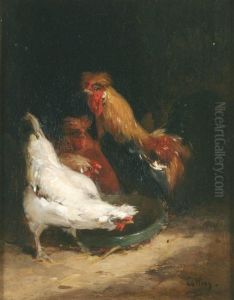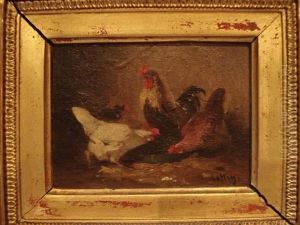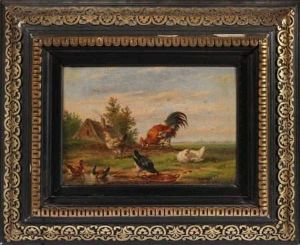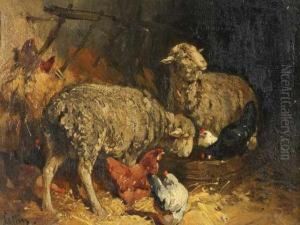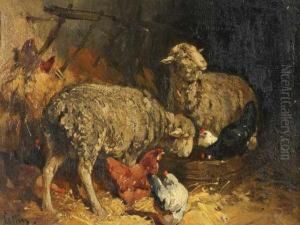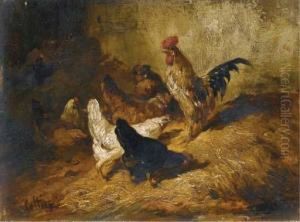Eugene Cottin Paintings
Eugène Cottin was a French painter and illustrator, known primarily for his landscapes, marine scenes, and still life compositions. Born in Paris in 1863, Cottin was a product of the vibrant French art scene of the late 19th and early 20th centuries. He studied art at the École des Beaux-Arts in Paris, which was the premier art school in France, under the tutelage of renowned artists such as Jean-Léon Gérôme and Alexandre Cabanel. These instructors, known for their classical approaches to art, influenced Cottin’s early work. However, as his career progressed, he began to experiment with lighter palettes and impressionistic techniques, reflecting the shifting artistic trends of his time.
Cottin's artistic journey was marked by his exploration of the French countryside and coastal areas, which became the predominant subjects of his work. He was particularly drawn to the atmospheric effects of light and color, which he captured through a delicate and nuanced approach. His paintings often depicted serene landscapes and tranquil sea scenes, which were celebrated for their poetic quality and emotional depth. Despite his inclination towards Impressionism, Cottin's work retained a certain structural solidity, a legacy of his academic training.
Throughout his career, Cottin exhibited his work at various salons and galleries, gaining recognition and accolades from critics and the public alike. His contributions to art were not limited to painting; he also made significant strides in illustration, contributing to popular magazines of the time and collaborating on illustrated books. This aspect of his work highlights his versatility and adaptability as an artist, embracing both traditional and emerging forms of visual expression.
Eugène Cottin's legacy is that of a skilled painter who successfully bridged the gap between the academic traditions of the French art world and the emergent styles of Impressionism. His ability to evoke mood and atmosphere through his landscapes and marine scenes has left a lasting impact on French art. Cottin passed away in 1936, leaving behind a body of work that continues to be admired for its beauty and technical prowess. His paintings are held in private collections and museums around the world, serving as a testament to his enduring appeal and significance in the history of French art.
